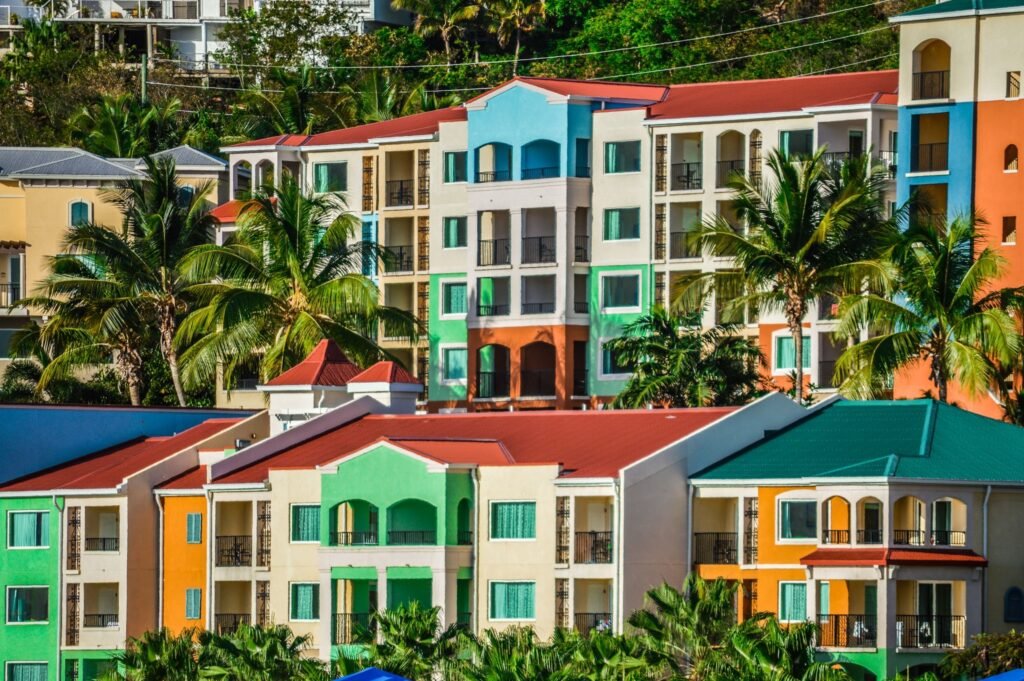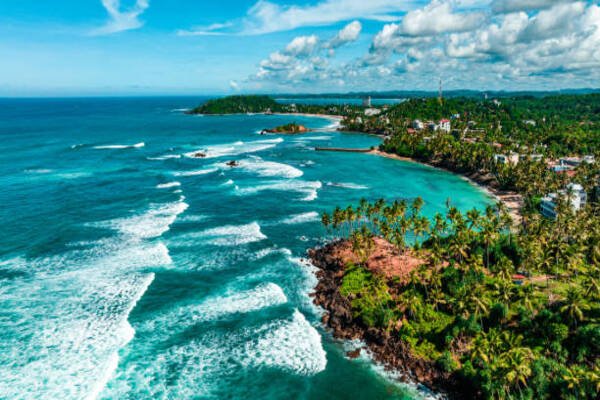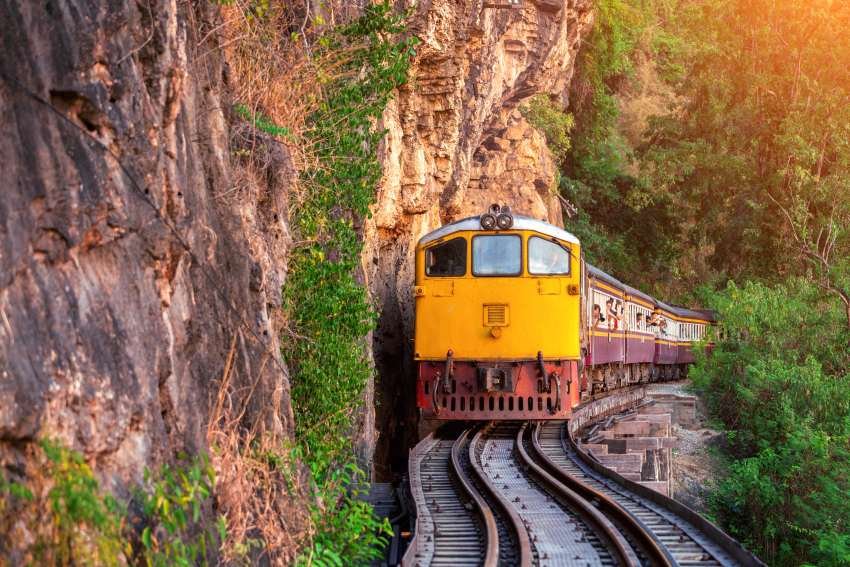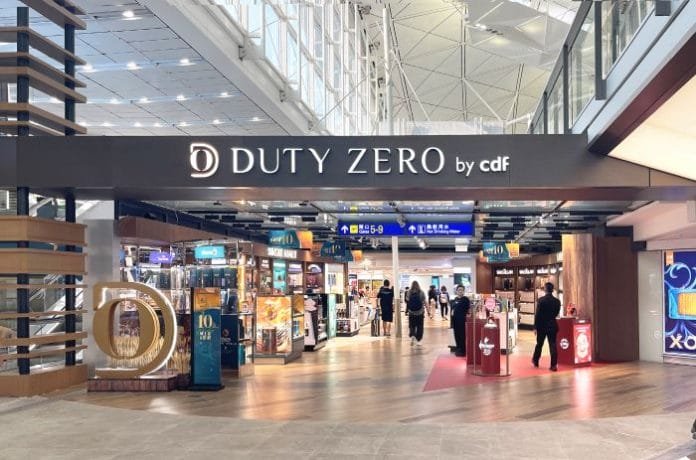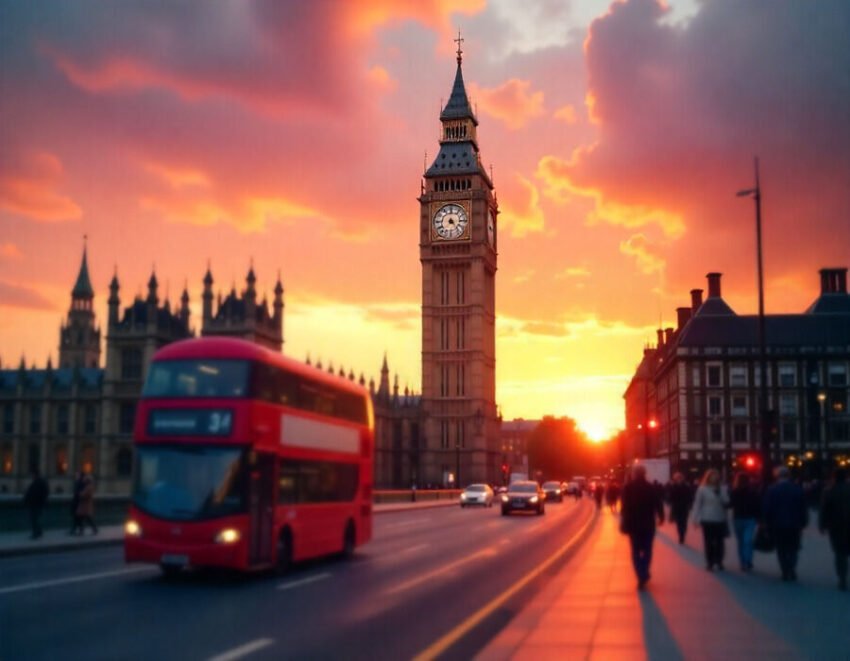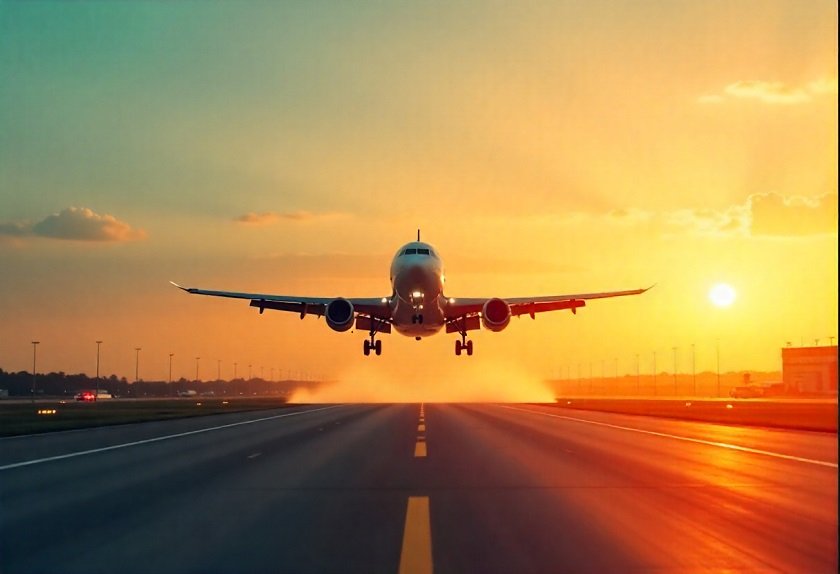Friday, July 25, 2025
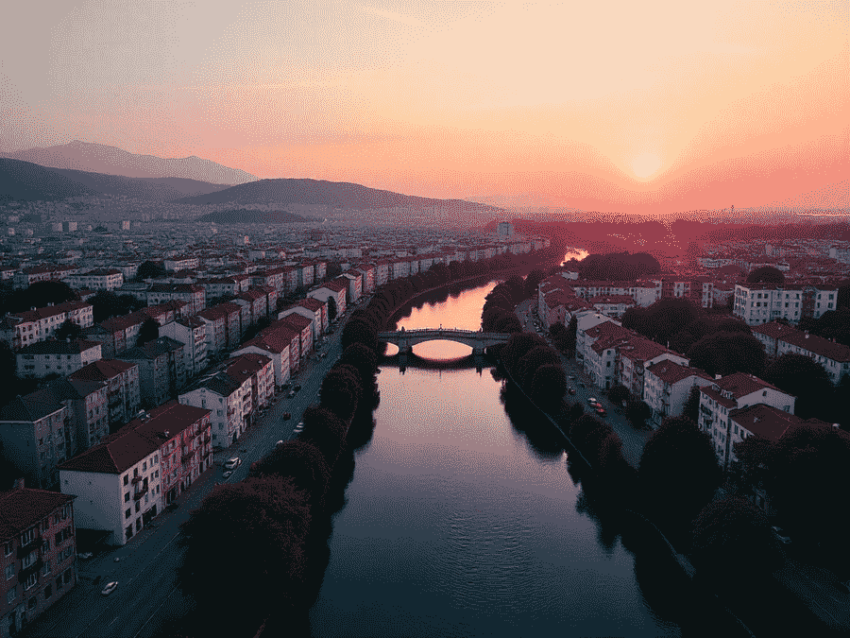
Hong Kong’s tourism industry has long been a force behind the city’s economic growth, but it has also brought problems and discontent like overcrowding, surging prices and an erosion of local culture. Under such pressures, Hong Kong is now looking to achieve sustainable growth, to cater for visitors and locals alike. By transitioning from mass tourism to more quality experiences and integrating with local culture, Hong Kong envisage re-evigorating the tourism industry and protecting their unique character while developing the economy and communities.
Between 2012 and 2018, Hong Kong experienced a significant tourism boom that spurred rapid growth across various sectors. Ocean Park, for example, operated at full capacity, and the MTR was often packed with travelers carrying suitcases, reflecting the city’s growing appeal. Local neighborhoods also transformed to cater primarily to mainland Chinese visitors, with businesses adjusting their services to meet this demand.
However, this surge in tourism brought disruptions to daily life. Long queues at bakeries and crowded public spots became a regular occurrence, leading to mixed reactions among residents. Many locals found it difficult to ignore the changes to their usual routines as the city became increasingly dominated by tourism. The once-balanced dynamics of local life began to shift noticeably, and many residents began to feel the pressure.
Hong Kong solidified its reputation as Asia’s “shopping paradise,” attracting over 65 million visitors in 2018, with 78% coming from mainland China. This influx boosted businesses and landlords but also led to overcrowded public spaces and transportation systems. While the economic benefits were evident, the social costs—such as overcrowded streets and public transportation—began to take their toll on locals.
Tourism growth was fueled by the growing affluence in mainland China, along with policies such as the Individual Visit Scheme, which facilitated easier access to Hong Kong for residents of approved Chinese cities. Despite the economic boom, however, residents faced rising costs, overcrowding, and a gradual erosion of the city’s distinct character.
By 2019, however, the situation began to change dramatically. Social unrest followed by the pandemic disrupted global travel and severely impacted Hong Kong’s tourism sector. Even as borders reopened, global travel patterns were slow to recover due to economic and geopolitical factors.The Hong Kong dollar’s peg to the US dollar weakened the city’s competitive edge, making it less attractive compared to other global destinations. Meanwhile, mainland cities such as Shenzhen began attracting tourists who had once flocked to Hong Kong’s popular spots like Ocean Park.
As mainland cities developed their own shopping and entertainment attractions, Hong Kong’s retail sector faced increasing competition. Many locals, disillusioned by rising prices and overcrowding, began to prefer trips to Shenzhen or turned to online shopping platforms like Taobao. These changes posed additional challenges to Hong Kong’s reputation as a leading shopping destination.
In response to these changes, the Hong Kong government took steps to boost tourism by liberalizing the market. This has led to a notable increase in mainland visitors, though global tourism has been slow to recover. The experience has underscored the risks of relying on a single demographic to fuel the tourism sector. While the city benefited economically, the social costs, including overcrowding and the loss of its cultural character, became more apparent.
Many other global destinations have faced similar challenges.For instance, Paris has implemented strategies to handle overcrowding at the Louvre, while Milan has suggested showcasing the Mona Lisa for a limited time to ease the crowding. Singapore, focusing on experience-driven tourism, has hosted exclusive events like Taylor Swift’s Southeast Asia concert and developed eco-tourism attractions such as the Mandai Wildlife Reserve. These examples highlight the need for strategic tourism management to ensure long-term sustainability and positive community impacts.
In Hong Kong, the visitor profile is also evolving. The era of luxury shopping tourists is fading, with younger, more price-conscious travelers seeking unique and memorable experiences. While shopping remains relevant, it is now about offering local, place-specific products that cannot be found elsewhere. For example, events like the Happy Wednesday races at Happy Valley and walking through Tai O’s traditional village of stilt houses are attracting new interest. Street food in Sham Shui Po is also gaining popularity as more tourists seek authentic local experiences. Additionally, Chungking Mansions offers a glimpse into Hong Kong’s multicultural vibe, providing diverse cuisines, markets, and a unique look at grassroots globalization.
Visitor numbers are showing signs of recovery, with a notable 18% increase in non-mainland visitors from January to May. The cruise industry has also rebounded, contributing over HK\$1 billion to the economy this year. These signs of recovery signal the need for a new strategy focused on diversification to cater to different segments of the tourism market.
Looking ahead, Hong Kong’s tourism strategy must focus on sustainable growth. The city should prioritize experience-based tourism, community involvement, and the preservation of local culture. It will be essential to consult with local districts and grassroots organizations to identify the needs of both residents and visitors.
Hong Kong is shifting its tourism strategy to focus on sustainable growth by emphasizing experience-based offerings and preserving local culture, ensuring both economic development and the protection of its unique identity. This approach addresses the challenges of overcrowding and rising costs, while benefiting both residents and visitors.
Tourism is not a major component of Hong Kong’s funds driven GDP but it has a critical impact on global impressions and the economy. With proper regulation, the tourism industry can protect our cultural heritage, boost our economy and enhance our unique qualities as a treasured part of China. Success will be based on embracing a new robust model that serves all locals and visitors beyond reversion back to the past rhetoric.


